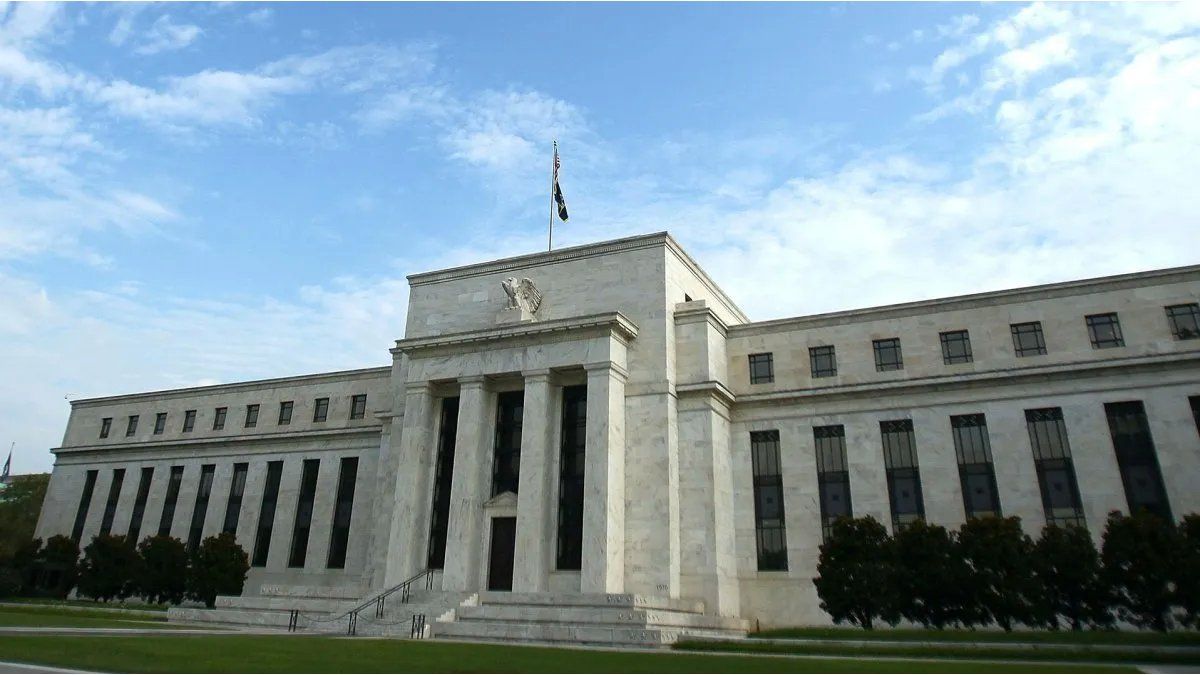A vast majority want to settle there until the data convinces them to move. It will be the first long break for the market since March 2022.
The table is set for a quarter-point rate hike this Wednesday. Perhaps the last, according to the Fed’s map of points. Map that, to tell the truth, is more a nebula of points worth visiting than a map with a single reliable destination. And yet, today, there is no dispute that the Fed will want to push the rate to 5.25% – the level marked as terminal station – nor that a large majority wants to settle there until the data convinces them to move. Central bankers are forced to keep radio silence – that’s why they haven’t been heard for a week – but the economic information did not stop flowing. It is now known that GDP grew 1.1% in the first quarter and that PCE inflation (the consumption deflator) increased 0.1% in March. Nothing to suggest a change of plans. The devil, it’s true, is in the details. Final sales grew strongly, 3.2%. Core PCE inflation, 0.3%. But that doesn’t justify a turn either. And, at the same time, sensitivity is rising due to the discussion of the “ceiling” of public debt, exceeded since February if it were not for the tricks that Janet Yellen deploys from the Treasury to buy time. If politics does not agree, spending will have to be cut short in June or July. Maybe the government needs to be partially shut down. And in the uncertainty, this Wednesday’s rate adjustment is unlikely to be followed by another at the June rally. Even if it is not the last rate hike, it will be the first long break for the markets since March 2022.
The content you want to access is exclusive to subscribers.
Is the economy moving forward or backward? If it advances, is it headed for a recession in the second half of the year? There is none of that in the national accounts. GDP expanded 1.1% in the first quarter. Twice the speed was expected. Is it a sudden, unforeseen slowdown; perhaps the prelude to a contraction? Neither. Private consumption grew 3.7%. Aggregate demand looks rosy. Only that it was attended to by devouring inventories for 2 points of GDP. If the appetite is sustained, they will have to be replaced, and what was not produced now, will be produced later. More or less when the arrival of the recession is predicted. Consumption is steady but erratic. It exploded in January (+1.4% monthly) after a fleeting anemia in November and December that suggested an end to the cycle in 2022. In February (-0.2%) and March (0.0%) it entered again in a parenthesis. Will it be the charm? Should not.


Disposable income flows intact, and households accumulate substantial savings to weather the occasional setback. If it is compared with the pre-pandemic projections for 2020, consumption is solid, 1.5% higher. And what about PCE inflation, which guides the Fed? It slows down and its core resists. In January it alarmed with a jump of 0.6%. It fell to half in February and repeated in March. If it doesn’t budge in the second quarter, if labor costs don’t either, the hawks will want another rate hike in July or September (they were asking for it in March, before the bank meltdown). There is no rush. The most recalcitrant line of services –transportation– denotes fatigue. The cargo operated in the US ports decreased sharply. And oil prices, which trade as before Russia and OPEC announced a cut in production of 1.55 million barrels.
The Fed is no longer running behind. YoY retail inflation is 5% as of March. PCE inflation, 4.2%. And its core version, 4.6%. A rate of 5.25% will allow you to “see and wait”. May thus begins with rate hikes, public debt in the pillory and a zombie bank -First Republic- finally closed, with JP Morgan announcing the purchase of its assets . Wall Street doesn’t seem too fazed. Disbelieve in “sell in May”. On balance sheets, companies are in a downturn, not a recession. Maneuvering is not easy – nominal GDP grew 5.1% versus 7.3% in the previous quarter, its slowest pace since inflation took flight – but they are saving it better than expected. The Stock Market is tolerant. Look further. If the Fed establishes a conditional pause (as in Canada and Australia) the next objective will be to attack the bastion of 4200 points of the S&P 500 after a long prowl. Relying on Congress to resolve the debt ceiling will force prudence. Still, the soft landing being piloted by the Fed offers an attractive runway for taxiing. It advanced 8.6% in the year. Time plays in favor. At some point, if the wolf of the recession is gone, it can get off the ground again.
Source: Ambito




